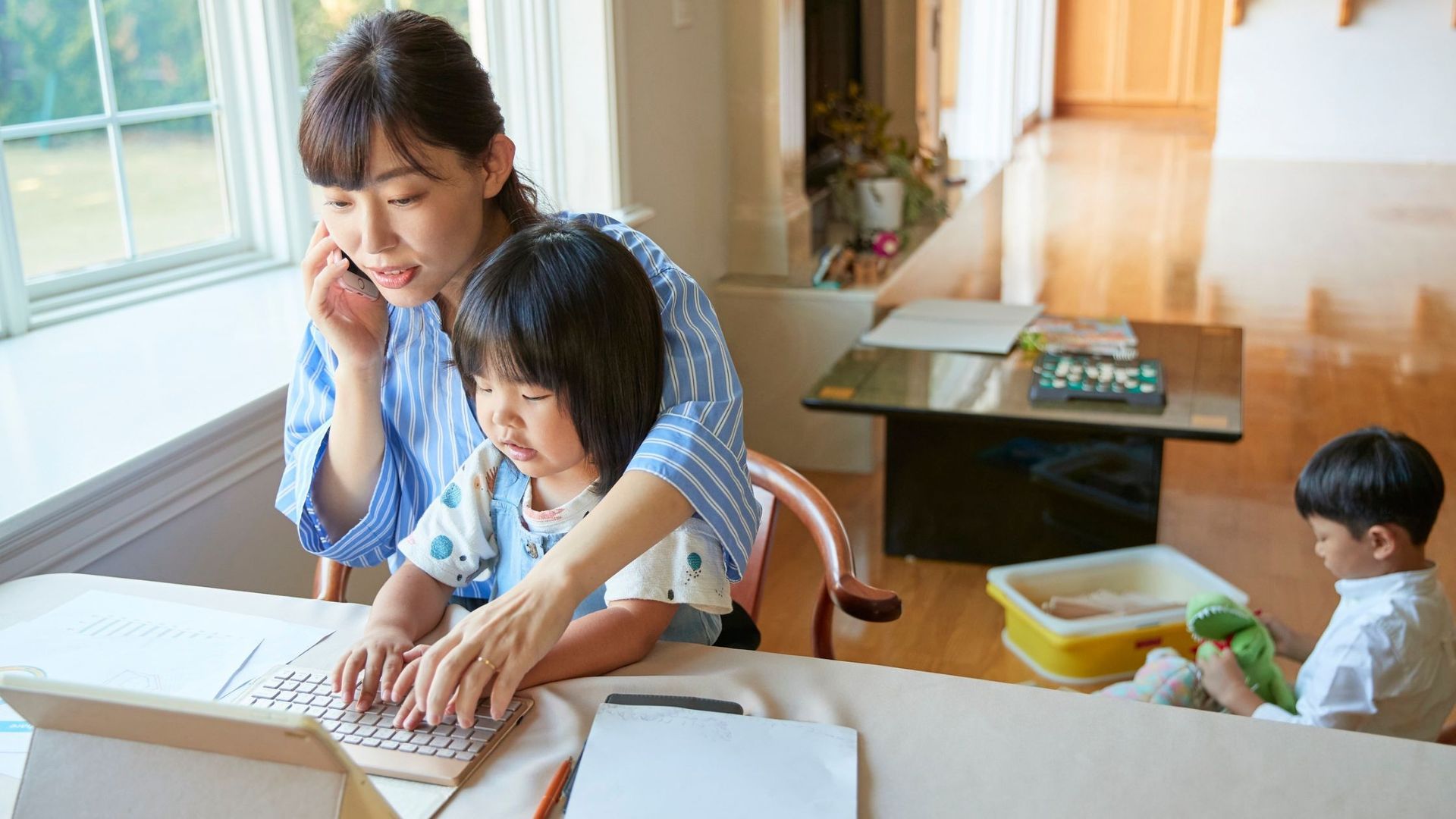Managing Screen Time: Finding the Right Balance for Young Children

In today’s digital world, screens are everywhere, from tablets and smartphones to televisions and computers. While technology offers educational benefits and entertainment, excessive screen time can impact a child’s development, sleep, and social skills. Finding the right balance is essential for promoting healthy digital habits. Here’s how parents can set limits, encourage tech-free activities, and ensure a balanced approach to screen time for young children.
Understanding the Effects of Screen Time
- Cognitive Development: Too much screen time can impact attention span and learning abilities, while moderate, high-quality content can enhance early literacy and problem-solving skills.
- Physical Health: Excessive screen use can contribute to a sedentary lifestyle, leading to health concerns like obesity and poor posture.
- Sleep Disruptions: Screens emit blue light, which can interfere with melatonin production, making it harder for children to fall asleep.
- Social and Emotional Growth: Excessive use of screens can reduce opportunities for face-to-face interactions, which are crucial for developing social skills and emotional intelligence.
Recommended Screen Time Guidelines
- Under 18 months: Avoid screen time, except for video calls.
- 18-24 months: If introduced, choose high-quality, educational content and co-watch with your child.
- 2-5 years: Limit screen use to one hour per day of high-quality programming, with parental guidance.
- 6 years and older: Establish consistent limits to ensure screen time doesn’t interfere with sleep, physical activity, and face-to-face interactions.
Strategies for Managing Screen Time
1. Create a Screen Time Schedule
Establishing a routine ensures that screen use is controlled and doesn’t interfere with other essential activities.
- Set specific times for screen use, such as after homework or during weekends.
- Implement “screen-free” times, such as during meals, before bedtime, and during family time.
- Use timers or parental controls to monitor usage.
2. Encourage Screen-Free Activities
Balancing screen time means incorporating plenty of non-digital activities into your child’s day.
- Encourage outdoor play (bike riding, playing at the park, nature walks).
- Engage in arts and crafts (drawing, painting, building with clay).
- Promote hands-on learning (puzzles, board games, cooking together).
- Encourage reading by creating a cozy reading nook with a variety of books.
3. Be a Role Model
Children learn by example, so demonstrating healthy screen habits is crucial.
- Limit your own screen time when around your child.
- Engage in activities that don’t involve screens, like playing games or reading together.
- Use screens mindfully by avoiding mindless scrolling and prioritizing quality content.
4. Choose High-Quality Content
Not all screen time is equal—some programs and apps are educational and beneficial for children’s learning.
- Look for interactive and age-appropriate educational content (PBS Kids, Sesame Street, National Geographic Kids).
- Avoid fast-paced, overstimulating content and prioritize slower, engaging programs that encourage problem-solving.
- Use parental controls to filter and monitor what your child watches.
5. Make Screen Time Interactive
Instead of passive screen time, engage with your child during digital activities.
- Co-watch shows and discuss what’s happening to encourage critical thinking.
- Choose interactive apps that promote learning and creativity.
- Encourage video calls with family members instead of passive video watching.
6. Set Up Tech-Free Zones
- Keep screens out of bedrooms to improve sleep quality.
- Establish a screen-free dinner table to encourage family bonding.
- Create a cozy play area filled with books, toys, and hands-on activities.
7. Teach Digital Responsibility
- Discuss the importance of balance and why too much screen time can be harmful.
- Teach children about online safety and privacy.
- Encourage self-regulation by asking them to recognize when they’ve had enough screen time.
When to Adjust Screen Time Rules
- Sick days: When children need rest and comfort, extra screen time might be allowed.
- Long travel: Digital activities can be helpful during long car rides or flights.
- Educational purposes: If children are using screens for school projects or virtual learning, their daily limit may need adjustment.
Balancing screen time with hands-on learning is key to fostering a child’s overall development. While technology has its benefits, engaging in activities like STEM experiments can spark curiosity and critical thinking, and arts and crafts projects can enhance fine motor skills. Encouraging a mix of digital and real-world experiences helps children grow into well-rounded learners.
Conclusion
Finding the right balance between screen time and other activities helps children develop healthy digital habits while still enjoying the benefits of technology. By setting clear limits, encouraging tech-free activities, and leading by example, parents can create a balanced approach to screen time that supports their child’s overall development. The goal is not to eliminate screens entirely but to use them wisely while prioritizing real-world experiences and face-to-face interactions.










